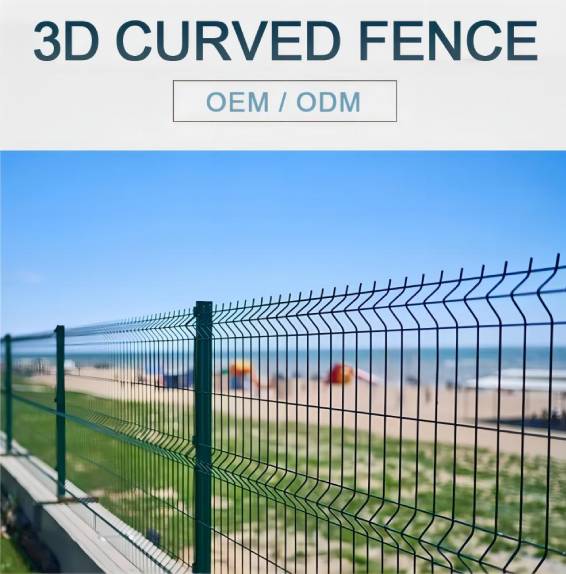poultry fence netting
Understanding Poultry Fence Netting A Guide for Farmers and Gardeners
Poultry fence netting plays a vital role in the effective management and protection of chickens, ducks, and other poultry. As the demand for locally-sourced eggs and meat continues to rise, understanding fence netting becomes increasingly important for both small-scale farmers and hobbyists. This article will explore the benefits, types, and best practices of using poultry netting to ensure the safety and well-being of your birds.
What is Poultry Fence Netting?
Poultry fence netting refers to various types of lightweight, mesh fencing specifically designed to contain poultry while allowing for air circulation and visibility. Unlike solid fences, netting can deter predators while enabling poultry to enjoy the outdoors, which is crucial for their health. It can be constructed from materials such as galvanized wire, plastic, or nylon, and is available in different sizes and shapes to fit the needs of your setup.
Benefits of Using Poultry Fence Netting
1. Predator Protection One of the primary reasons for using poultry netting is to safeguard your birds from predators. Raccoons, foxes, and hawks pose significant threats to free-ranging poultry. A well-installed netting can act as a barrier, preventing these animals from accessing your flock.
2. Visibility and Ventilation Unlike solid fencing, mesh netting allows light and air to flow through, creating a more pleasant environment for your birds. Good ventilation minimizes the risk of respiratory diseases, while natural light supports the birds' physical and psychological well-being.
3. Mobility and Flexibility Poultry netting is incredibly versatile. It can be easily moved and reconfigured, enabling you to rotate pastures or create temporary enclosures. This mobility can help improve the overall health of your land by allowing for natural fertilization and pest control.
4. Ease of Installation Poultry netting is generally straightforward to install compared to traditional fencing. It requires fewer tools and can often be secured with posts, stakes, or tie-downs, making it an ideal solution for novice farmers or those setting up temporary enclosures.
Types of Poultry Netting
poultry fence netting

1. Wire Mesh Fencing This type is durable and provides excellent protection against predators. Typically made from galvanized steel, wire mesh can withstand harsh weather conditions.
2. Plastic Poultry Netting Lightweight and affordable, plastic netting is often used for temporary setups. However, it may not be as effective against larger predators.
3. Electrified Netting This option adds a layer of security by shocking any animal that attempts to breach the fence. Electrified netting is excellent for keeping out larger predators while ensuring the safety of your birds inside.
Best Practices for Utilizing Poultry Netting
1. Choose the Right Height and Mesh Size Depending on your poultry type and the predators in your area, ensure your netting is tall enough to discourage jumping or flying over. Additionally, choose a mesh size that will prevent smaller animals from squeezing through.
2. Secure the Base Predators may try to dig under the netting, so it's essential to secure the bottom. You can bury the netting a few inches underground or use heavy stones to weigh it down.
3. Regularly Inspect and Maintain Regularly check your netting to look for signs of wear and tear. Repairs should be made promptly to maintain its effectiveness against predators.
4. Rotate Grazing Areas Moving your poultry to different areas can help manage soil health and reduce the buildup of parasites. Poultry netting makes this rotation seamless and effective.
Conclusion
Poultry fence netting is an invaluable tool for those looking to protect their flock while providing them with a safe outdoor space. By understanding the types of netting available and following best practices, farmers and gardeners can create an environment conducive to the health and productivity of their poultry. Whether you are a seasoned farmer or just starting, investing in quality poultry netting can make all the difference in your poultry management journey.
-
Space-Saving Chain Fence Hacks Vertical Gardening with Cyclone MeshNewsJul.16,2025
-
Innovations in Iron Nail Wire Production for Modern ConstructionNewsJul.16,2025
-
Creative Uses of Wire Netting Fence in Modern Landscape DesignNewsJul.16,2025
-
Barbed Wire Fence Innovations in Anti-Climb TechnologyNewsJul.16,2025
-
Architectural Uses of Umbrella Nails for Aesthetic Roof DesignsNewsJul.16,2025
-
Architectural Uses of Razor Barbed Wire in Secure Urban DesignNewsJul.16,2025




